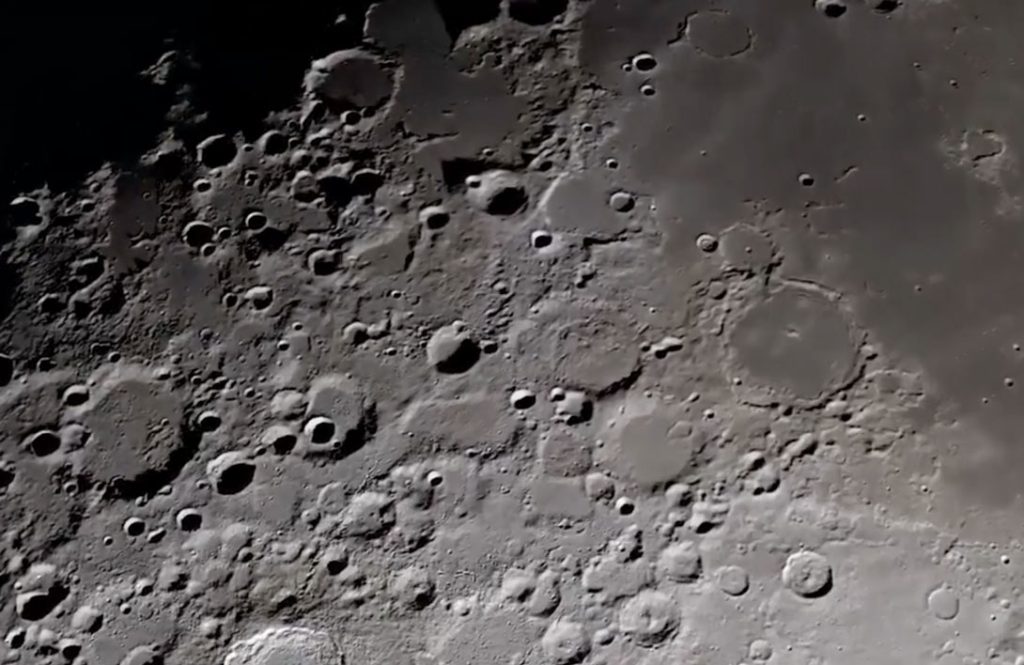In a groundbreaking revelation that adds a new chapter to lunar science, India’s Chandrayaan-3 mission has provided compelling evidence supporting the long-held theory of a lunar magma ocean.

The discovery, detailed in a study published on August 21, 2024, in the journal Nature, comes from the analysis of lunar soil collected near the Moon’s south pole by the Pragyan rover.
The findings suggest that shortly after its formation, the Moon was enveloped by an ocean of molten rock, a hypothesis known as the Lunar Magma Ocean (LMO) theory. This ocean, formed from the heat of the Moon’s creation, would have cooled over millions of years, with lighter minerals like ferroan anorthosite floating to form the Moon’s crust while denser materials sank to create the mantle.
Uniform Composition
The rover’s Alpha Particle X-ray Spectrometer (APXS) instrument measured the chemical composition of the lunar soil over a 103-meter tract, revealing a uniformity that supports the idea of a global magma ocean.
The uniformity was similar to samples from the Moon’s equatorial region, suggesting a widespread geological process.
Ferroan Anorthosite
The presence of ferroan anorthosite, a rock type indicative of the Moon’s early crust, was confirmed. The rock’s existence supports the theory that these lighter materials floated to the surface as the magma ocean cooled.
Magnesium and Impact Evidence
The data also showed a higher abundance of magnesium, possibly from deeper lunar layers, which could have been mixed with the surface material by the colossal South Pole-Aitken impact basin, one of the Moon’s largest craters.
Scientific Implications
This discovery validates the LMO theory and provides new insights into the Moon’s geological history. Magnesium-rich materials suggest that the impact that formed the South Pole-Aitken basin might have excavated and mixed materials from deep within the Moon, offering a unique window into its subsurface composition.
Celebrating a Year of Discovery
As India celebrates the first anniversary of Chandrayaan-3’s historic landing, this achievement underscores the mission’s success in advancing lunar science.
The data collected confirms long-standing theories and opens new avenues for research, potentially reshaping our understanding of the Moon’s formation and evolution.